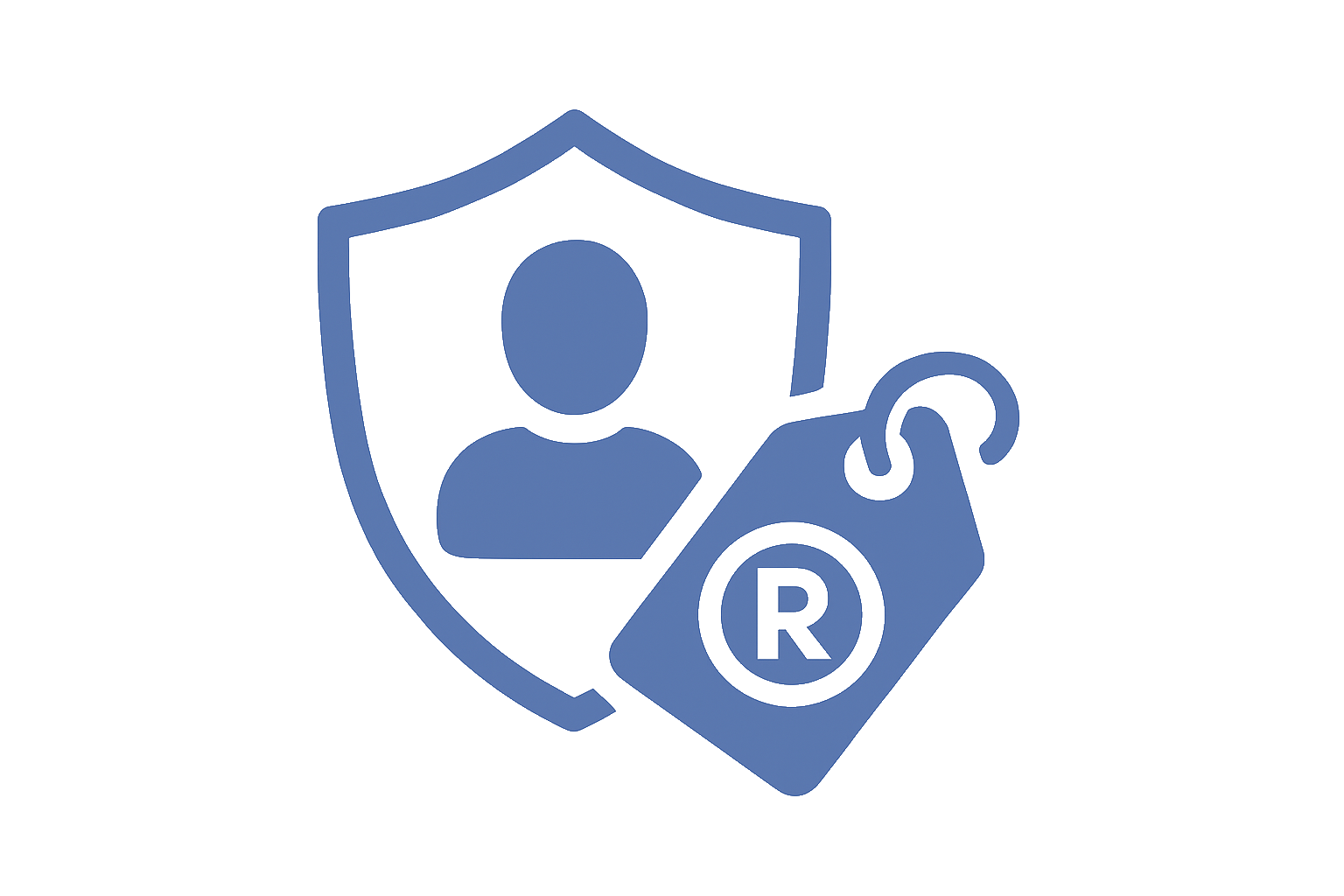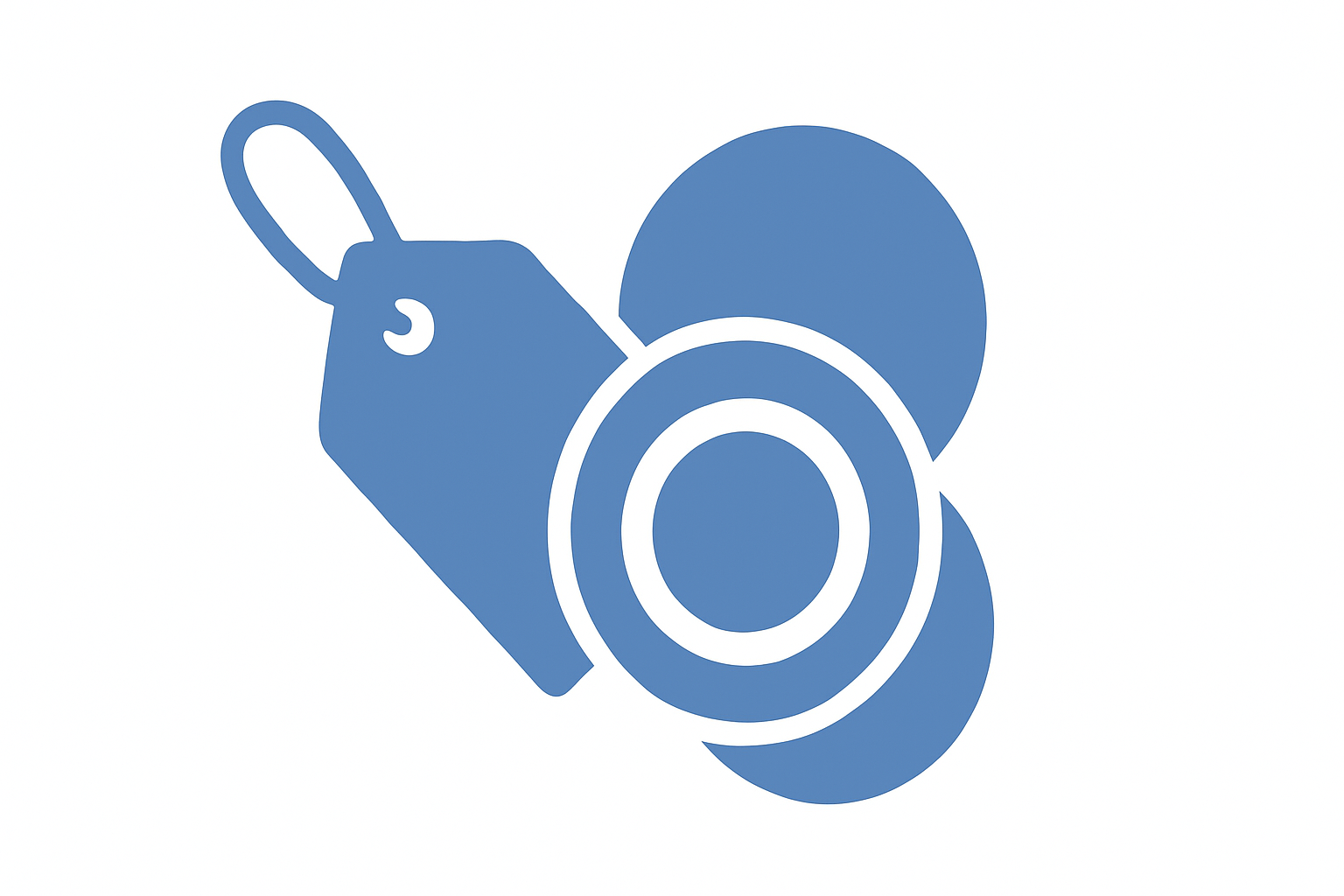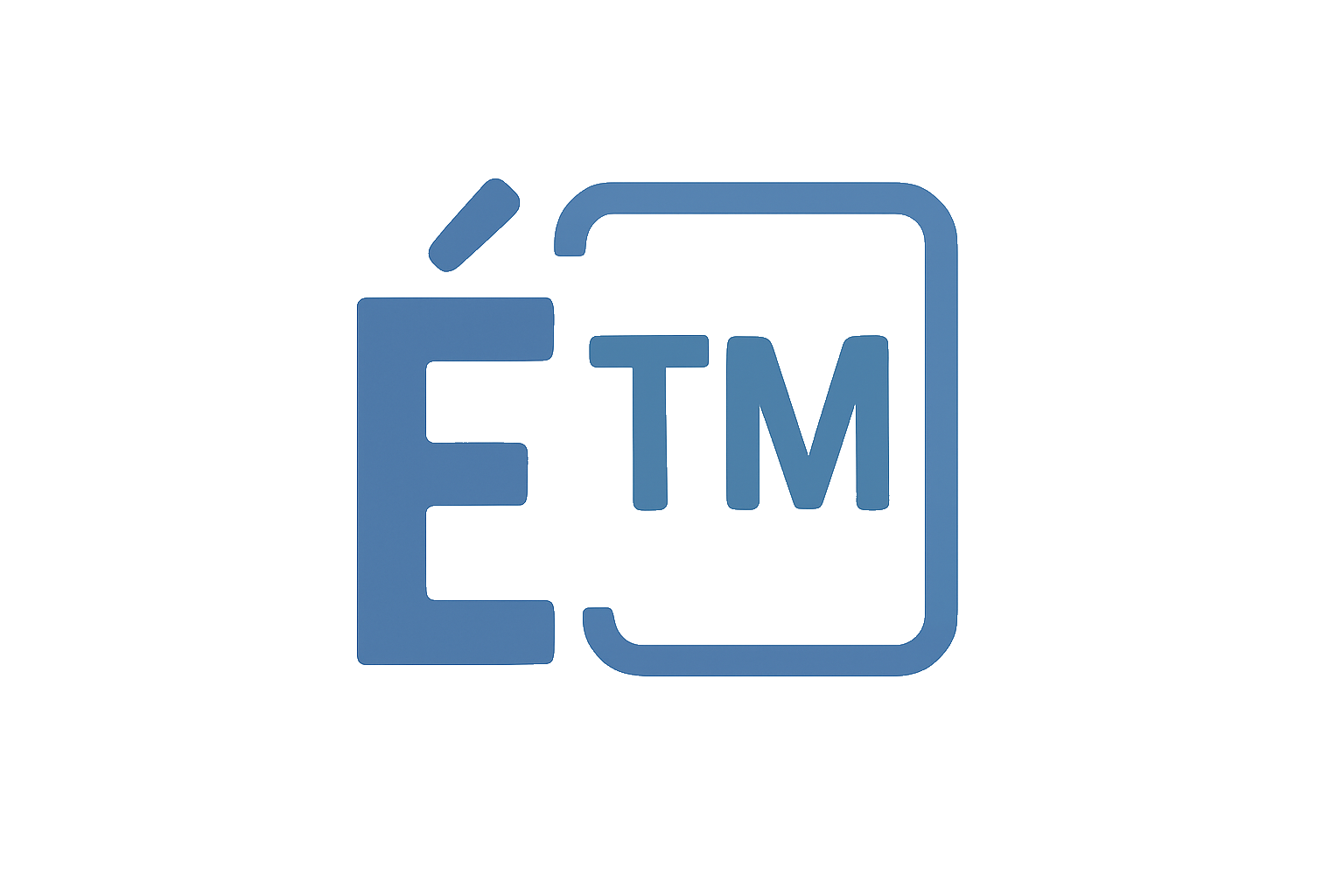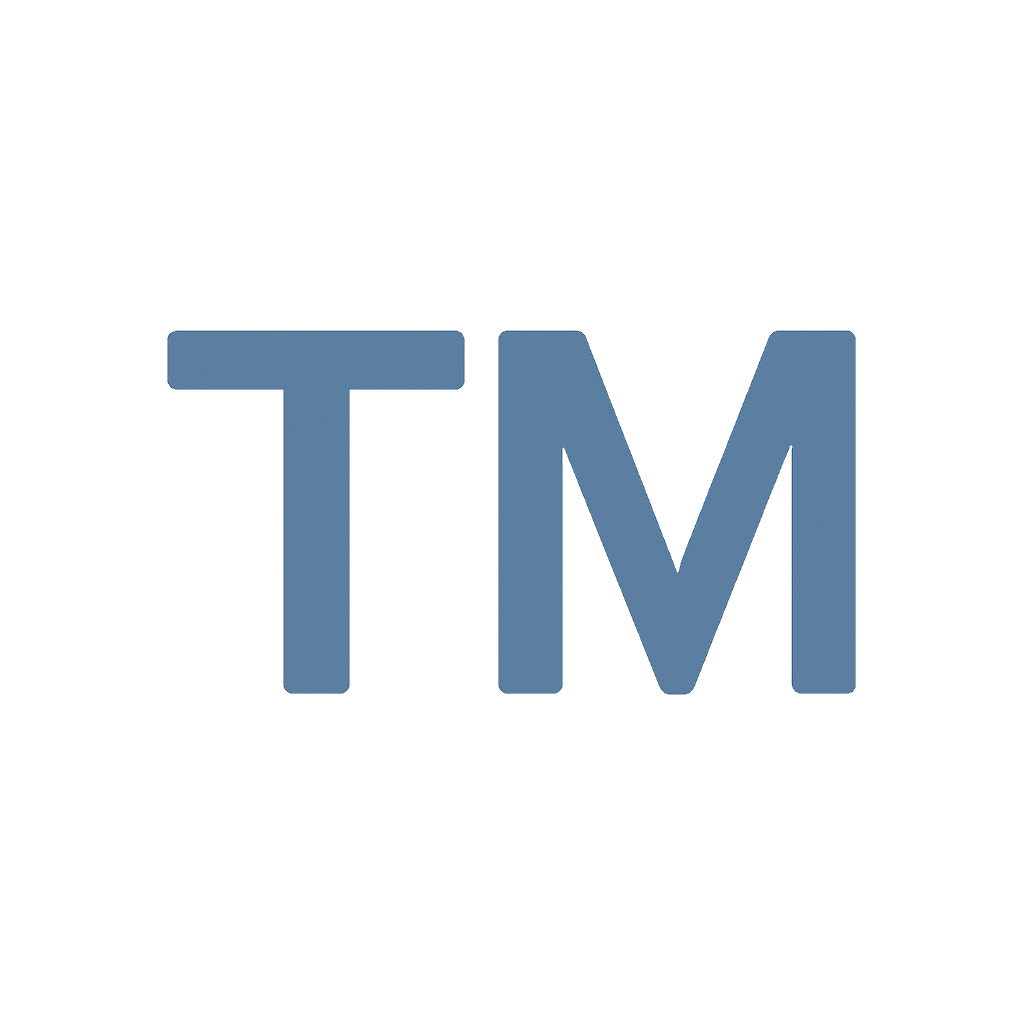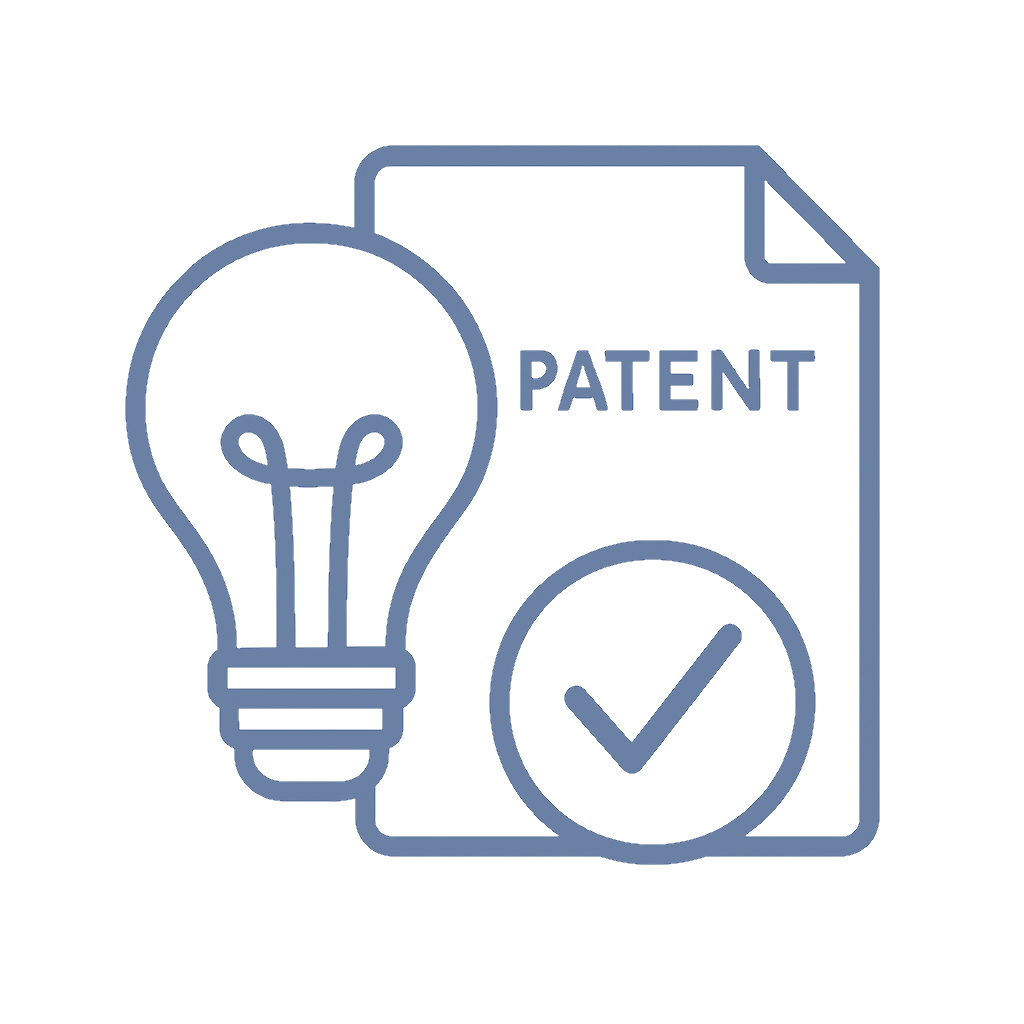📌 Quick Summary
1-Sentence Answer:
Trademarks safeguard your brand identity, ensuring your business name, logo, or slogan remains uniquely yours—legally and competitively.
The Article Overview:
This article dives into why trademarks matter for every business, from small startups to global brands. You’ll learn how trademarks prevent confusion, strengthen your reputation, and protect your creative assets. Plus, we’ll explore real-world examples, common myths, and practical steps to register your mark like a pro.
❓ Common Questions & Answers
Q1: Why should I bother trademarking my brand name?
A1: Without a registered trademark, your brand is vulnerable. Anyone could use your name or logo, forcing you into costly rebranding or legal battles.
Q2: What can be trademarked?
A2: You can trademark words, logos, slogans, and even sounds or colors that uniquely identify your business or products.
Q3: Is it mandatory to register a trademark?
A3: Not legally—but it’s smart business. Registration gives you exclusive rights and stronger legal protection across the country.
Q4: How long does a trademark last?
A4: A registered trademark can last indefinitely, as long as it’s actively used and renewed every ten years.
Q5: Can two businesses have the same name?
A5: Only if they operate in different industries and don’t cause consumer confusion. Otherwise, it’s a legal clash waiting to happen.

📜 Step-by-Step Guide
1️⃣ Identify Your Brand Assets: List all names, logos, and phrases tied to your products or services.
2️⃣ Search Before You File: Use the USPTO database (or your local IP office) to check if your mark is already taken.
3️⃣ Choose the Right Class: Trademarks are filed under “classes” based on industry. Picking the wrong one can delay approval.
4️⃣ File Your Application: Submit through the USPTO or a trademark attorney/solicitor to ensure accuracy.
5️⃣ Monitor and Enforce: Watch for copycats. If someone infringes, you have the legal right to take action.
📖 Historical Context
The concept of trademarks dates back to ancient craftsmen who marked their goods with symbols for recognition. As commerce expanded, these marks evolved into legal identifiers, distinguishing authentic products from imitations.
By the 19th century, industrialization brought fierce competition, and nations like the UK (with its Trade Marks Registration Act of 1875) and the U.S. began formalizing protection systems.
Today, with global trade and digital branding, trademarks are vital legal tools. They define authenticity, build trust, and protect creativity in an era where a brand can cross continents with a single click.
🏢 Business Competition Examples
1️⃣ Apple vs. “Apfelkind” (Germany): A small café faced Apple Inc. in a logo dispute. It proved even small businesses must consider global trademark overlap.
2️⃣ Nike’s Swoosh: Registered early and fiercely defended, the swoosh became one of the world’s most protected symbols.
3️⃣ Burger King vs. Hungry Jack’s (Australia): A naming conflict forced Burger King to rebrand regionally—showing the power of trademark law beyond borders.
4️⃣ Louis Vuitton vs. Counterfeiters: Global enforcement illustrates how luxury brands maintain exclusivity through constant trademark vigilance.

💬 Discussion Section
Trademarks are not mere symbols; they are trust indicators. In a crowded marketplace, your name and logo become shorthand for reliability and quality. Customers associate your trademark with experiences—good or bad—and that mental connection drives purchasing decisions.
Without trademarks, competitors could exploit your hard-earned reputation. Imagine launching “GreenLeaf Café,” only to discover another shop across town using your logo and name. Even if accidental, confusion hurts both businesses and consumers.
Moreover, trademarks carry financial value. They can be licensed, sold, or franchised. Think of McDonald’s—the golden arches alone are worth billions. Investors also see trademarks as evidence of business maturity and market differentiation.
In global trade, registered trademarks streamline customs enforcement and international licensing. Thanks to treaties like the Madrid Protocol, one filing can protect your mark across multiple countries.
Finally, in the digital world—where domain names, hashtags, and social media handles matter—trademarks secure your online presence. They deter cybersquatters and solidify your identity in search results.
⚖️ The Debate
Pro-Trademark Side:
Registering a trademark strengthens brand recognition, deters infringement, and enhances business valuation. It’s a proactive step that saves time and money later, especially during expansion or franchising.
Anti-Trademark Side:
Some entrepreneurs argue early trademarking is overkill. For bootstrapped startups, it’s a cost without immediate return. They prefer building traction first, then filing once the brand gains market value.
✅ Key Takeaways
-
Trademarks legally protect your brand identity and reputation.
-
Registration provides nationwide and often international protection.
-
They add measurable financial value to your business.
-
Regular monitoring prevents costly legal disputes.
-
Filing early avoids conflicts as your brand grows.

⚠️ Potential Business Hazards
-
Copycat Branding: Without registration, others can legally mimic your name or logo.
-
Costly Rebranding: Losing a name battle can force a complete brand overhaul.
-
Weak Enforcement: Common-law rights are limited compared to registered marks.
-
Missed Global Protection: Skipping international filings leaves you open to overseas infringements.
❌ Myths & Misconceptions (Revised)
Myth 1: “I own my name because I registered a domain.” ❌
Having a domain name doesn’t equal owning a trademark. Domain registration gives you a web address—but not legal rights to the brand name itself. Without a trademark, someone else can still legally claim that same name for commercial use.
Myth 2: “If I use it first, I’m safe forever.” ❌
Common-law rights (based on use) offer limited protection and only within a specific geographic area. Without registration, you could lose national rights to someone who later trademarks the same name. “First use” only counts if you can prove consistent and widespread usage.
Myth 3: “Trademarks are only for big corporations.” ❌
Small businesses benefit the most from early trademark registration. It protects your growing reputation, avoids costly rebranding, and adds professional credibility—making you look as serious as the big players.
Myth 4: “A copyright protects my logo.” ❌
Copyright protects creative works like art, writing, or music—but not how a logo identifies your business. Trademark law protects logos, names, and slogans as brand identifiers. You need both for full protection.
Myth 5: “It’s too expensive to trademark.” ❌
Filing a basic trademark through the USPTO often costs less than a new website or marketing campaign. Compared to the cost of a legal dispute or rebranding, it’s one of the smartest and most affordable investments you can make.
📚 Book & Podcast Recommendations
-
📘 Building a StoryBrand by Donald Miller — https://www.amazon.com/Building-StoryBrand-Clarify-Message-Customers/dp/0718033329
-
🎧 The Brand Lawyer Podcast — https://open.spotify.com/show/6HqX7M3SR2oFf9YoAVkH7p
-
📘 Trademark: Legal Care for Your Business & Product Name by Stephen Elias — https://www.nolo.com/products/trademark-legal-care-for-your-business-product-name-trmd.html
-
🎧 Lawyer 2 Lawyer by Legal Talk Network — https://legaltalknetwork.com/podcasts/lawyer-2-lawyer/
⚖️ Legal Cases
-
United States Patent & Trademark Office v. Booking.com B.V. – https://supreme.justia.com/cases/federal/us/591/19-46/
Confirmed that a generic word with a domain (.com) can achieve trademark status if it identifies a specific source. -
Matal v. Tam – https://supreme.justia.com/cases/federal/us/582/15-1293/
Established that trademark law must align with free speech principles. -
Qualitex Co. v. Jacobson Products Co. – https://supreme.justia.com/cases/federal/us/514/159/
Recognized color as a protectable trademark element.

📣 Expert Invitation
Have trademark questions or need professional help filing one? Visit Inventive Unicorn — our team of patent and trademark pros will help you protect your brand like a true professional.
🔚 Wrap-Up Conclusion
Trademarks are more than legal formalities—they are shields for creativity and reputation. Whether you’re a startup or a seasoned brand, investing in a trademark is a move that pays lifelong dividends. So go ahead—protect your name like a pro, because your brand deserves nothing less.




